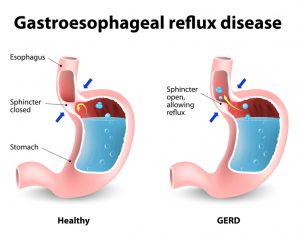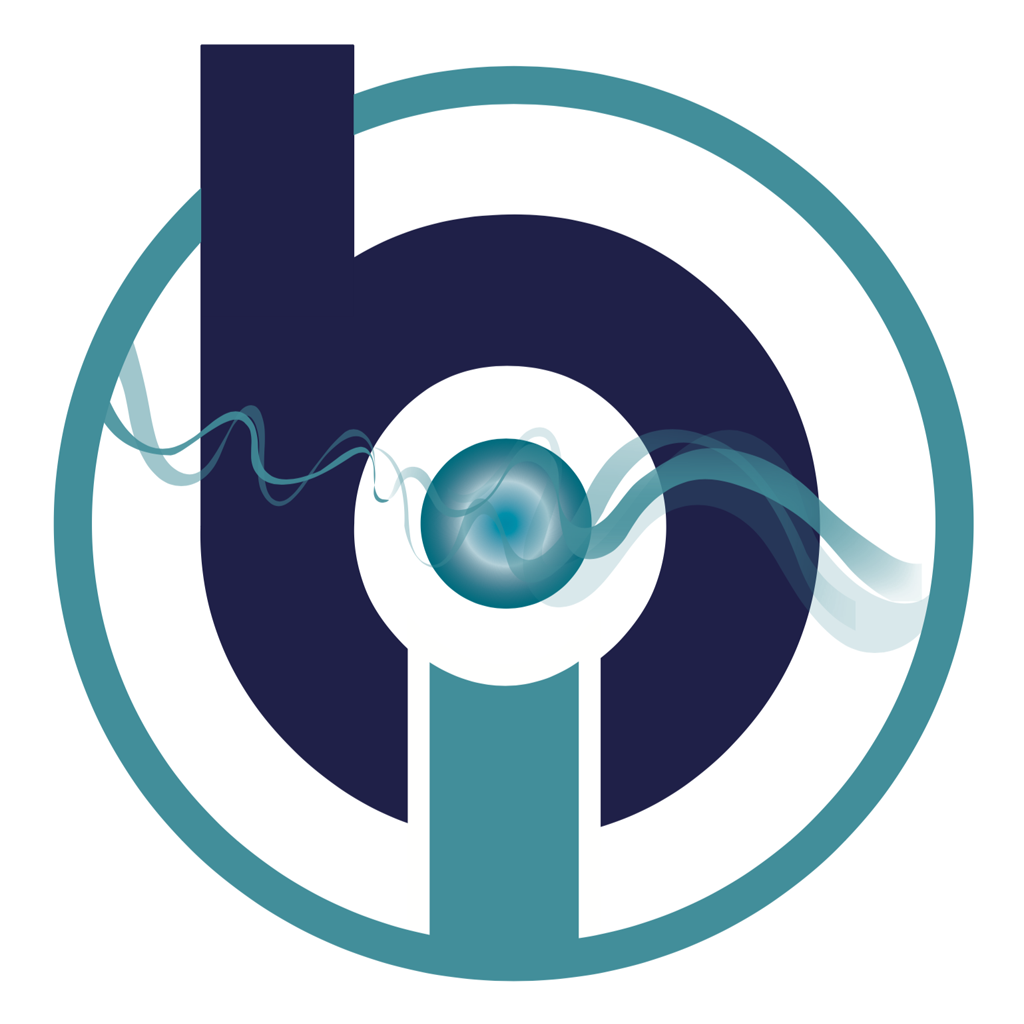 According to Health Line, around 60% of the American population suffers from some kind of gastroesophageal reflux disease symptom in any given 12-month period. They also report that more than seven million citizens in the United States experience symptoms related to this disease. In 2004, there were also 1,150 deaths recorded with the primary diagnoses being gastroesophageal reflux disease. A study that was conducted on 130,000 participants concluded that around 75% of individuals suffering from these symptoms experience them at least twice every week. The disease can cause pain and a burning sensation in your throat, which is known to affect your quality of life.
According to Health Line, around 60% of the American population suffers from some kind of gastroesophageal reflux disease symptom in any given 12-month period. They also report that more than seven million citizens in the United States experience symptoms related to this disease. In 2004, there were also 1,150 deaths recorded with the primary diagnoses being gastroesophageal reflux disease. A study that was conducted on 130,000 participants concluded that around 75% of individuals suffering from these symptoms experience them at least twice every week. The disease can cause pain and a burning sensation in your throat, which is known to affect your quality of life.
Causes of Gastroesophageal Reflux Disease
Gastroesophageal reflux disease is caused by stomach acid flowing back up into the esophagus. This causes heartburn, which is described as a burning sensation in the throat. Mayo Clinic explains that several risk factors have been pinned down that contribute to acid reflux and gastroesophageal reflux disease. This includes pregnancy, obesity, smoking, asthma, diabetes and several types of connective tissue disorders.
Symptoms of Gastroesophageal Reflux Disease
This disease causes a burning sensation in the chest and can also spread to the throat. A sour taste can also be experienced in the mouth sometimes, especially when the heartburn spreads to the throat. Mayo Clinic reports that patients suffering from the disease also experience chest pain and find it difficult to swallow. Sore throat, acid reflux and the sensation of a lump within the throat is also associated with the disease. It is advised to see a doctor when symptoms are combined with:
- Severe chest pain
- Shortness of breath
- Pain in the jaw or arm
Treatment Options
There are numerous types of treatment options that can relief the symptoms associated with gastroesophageal reflux disease. It is recommended to start a treatment regimen with over-the-counter acid controllers. These drugs will control the amount of acid within the patient’s stomach, thus reducing the frequency at which refluxes are experienced. There are different kinds of over-the-counter medication that can be used, including:
- Antacids
- Acid production reducing medication
- Acid production blocking medication
- Medication to heal the damage caused on the esophagus
If a patient experiences symptoms of the disease after taking these medications for a few weeks, they are advised to seek assistance from a healthcare professional. A doctor can prescribe higher-strength medication that works on a different level than the drugs available at the local pharmacy. Prescription medication that can be used to treat acid reflux and gastroesophageal reflux disease include:
- H-2-receptor blockers
- Proton pump inhibitors
- Drugs to assist with improving the strength of the lower esophageal sphincter
When none of these options work for a patient, the patient may be referred to a specialist for further studies. The alternative option to these medications is surgery, but surgery is usually considered a last option. Surgery can be done to reinforce the lower part of the esophageal sphincter, as well as to provide additional strength to this part.
Bioresonance Therapy
Bioresonance therapy can be used to assist with diagnosing allergic triggers, as well as to identify possible background causes of acid reflux. The process starts with an identification procedure in order to find foodstuffs that trigger an allergic reaction. The patient is advised to avoid these foods in order to minimize the allergic effects. Bio-energetic testing is also used to identify fungal, bacteria or viruses that have attached to the lower esophageal sphincter. Any identifications will be treated and cleared.
Another important element that contributes to acid reflux attacks is a weak lower oesophagael sphincter. This sphincter is responsible for 90% of the basal pressure, present at the oesophago-gastric junction. After treating any identifications of infection, the doctor will finally use an energetic support therapy program on the bioresonance device in order to strengthen the lower oesophagael sphincter, which also assists with a reduction in the frequency of acid reflux attacks.
Conclusion
Acid reflux is a real concern and there are a growing number of patients experiencing these symptoms. The disease can cause damage to the esophageal and weaken the lower esophageal sphincter, thus causing more heartburn sessions. Treatment options can be used in addition to bioresonance therapy in order to neutralize acids within the stomach, remove any harmful substances found on the sphincter and to clear the symptoms associated with the disease.


